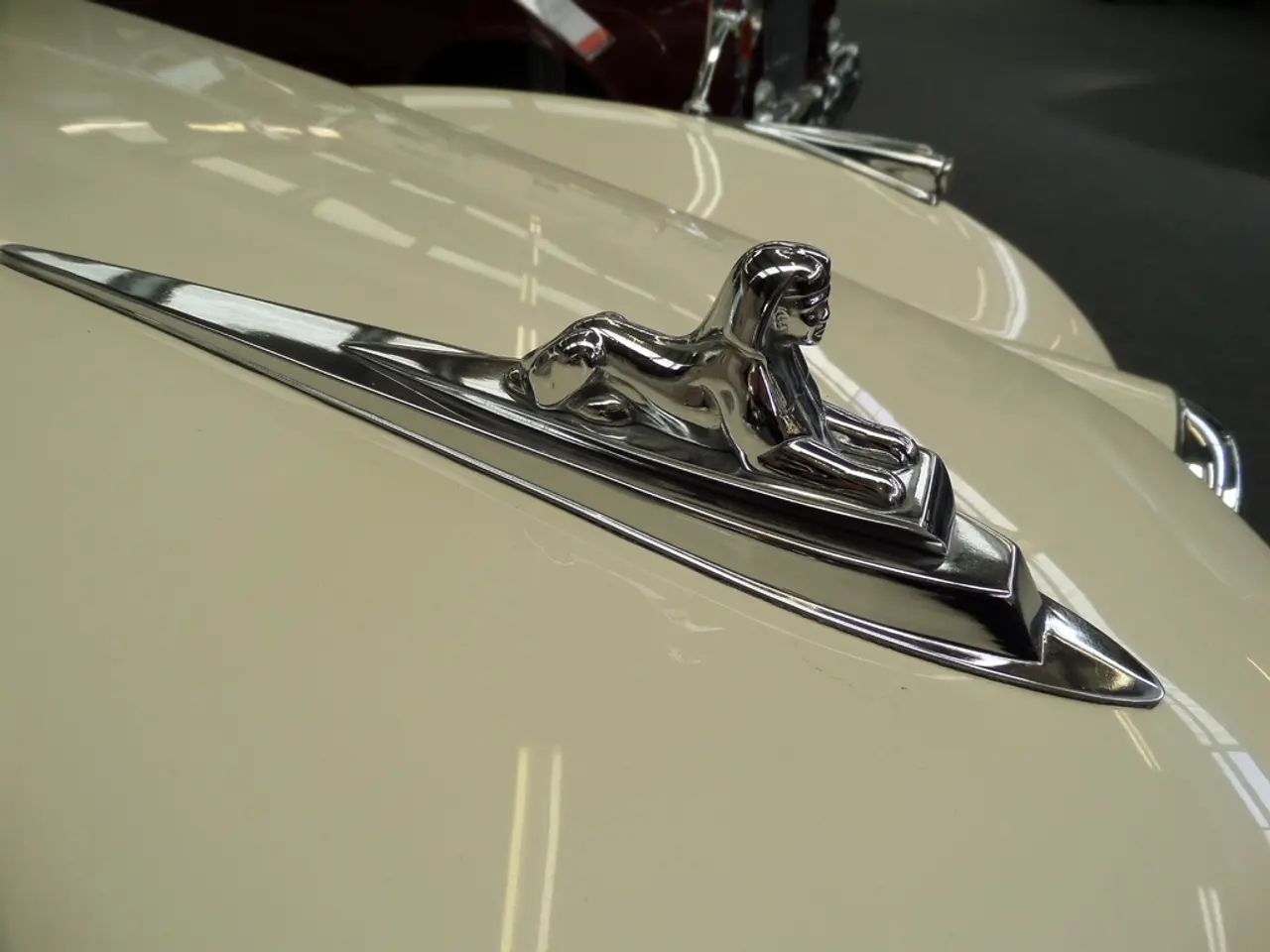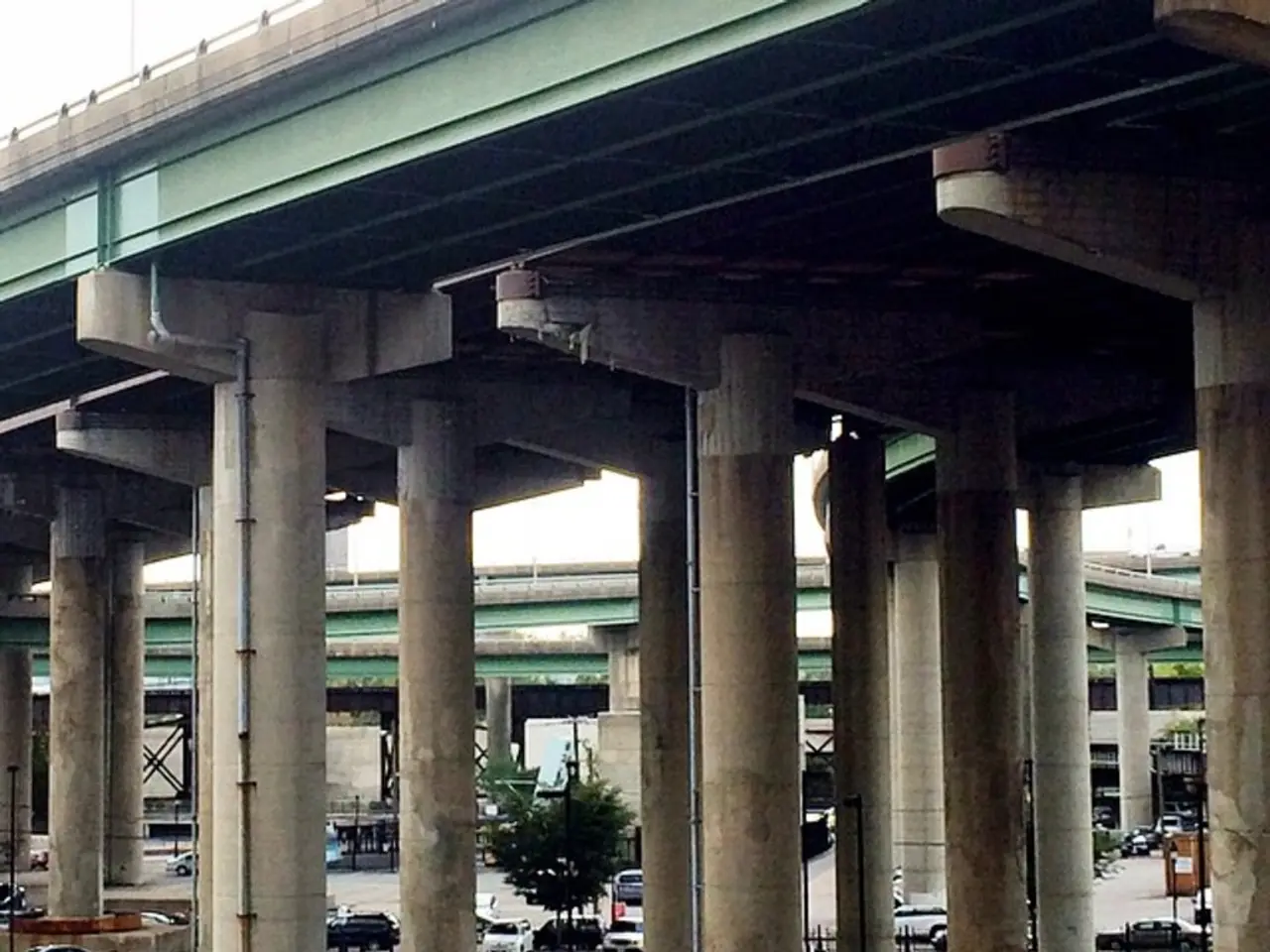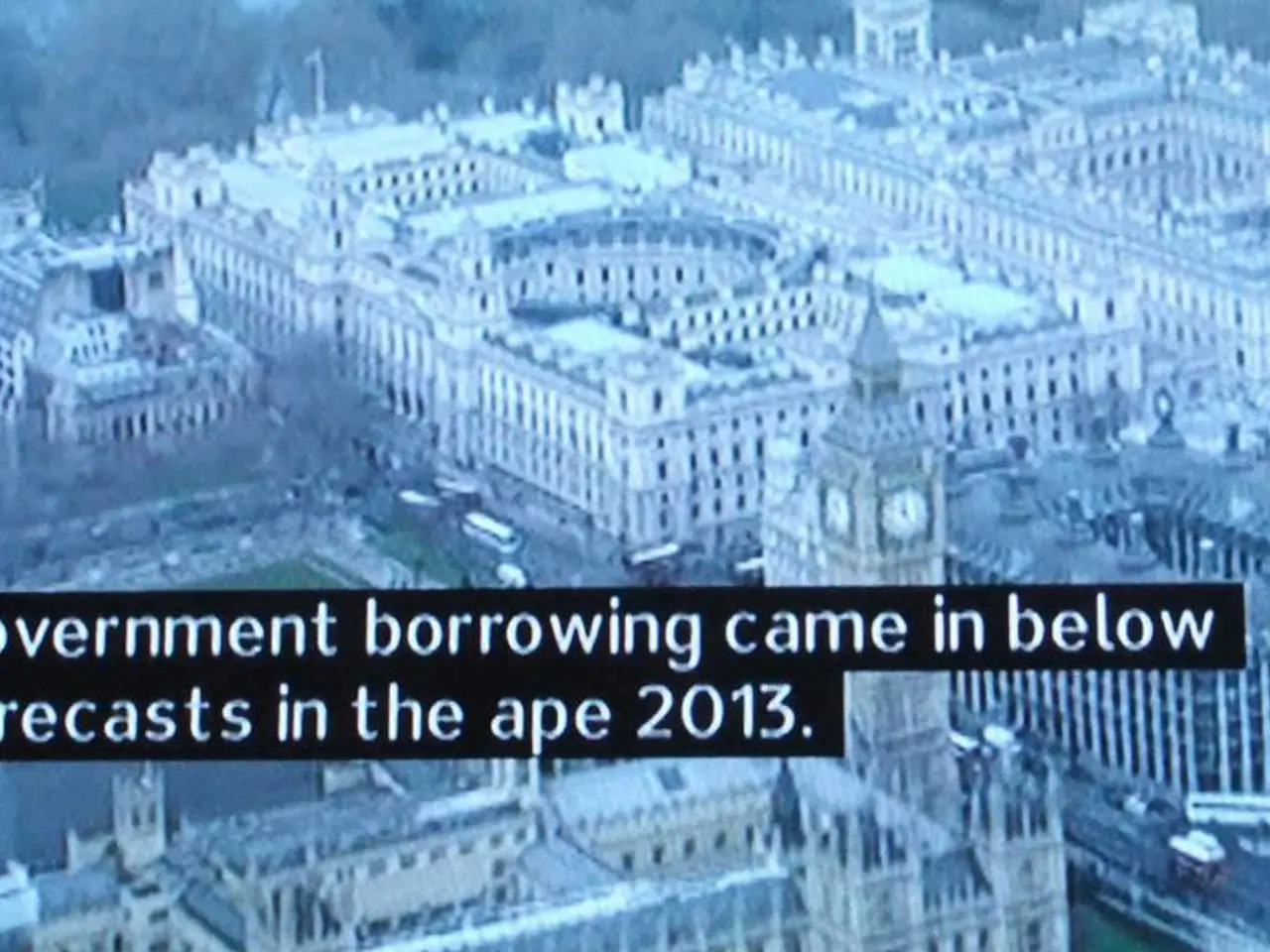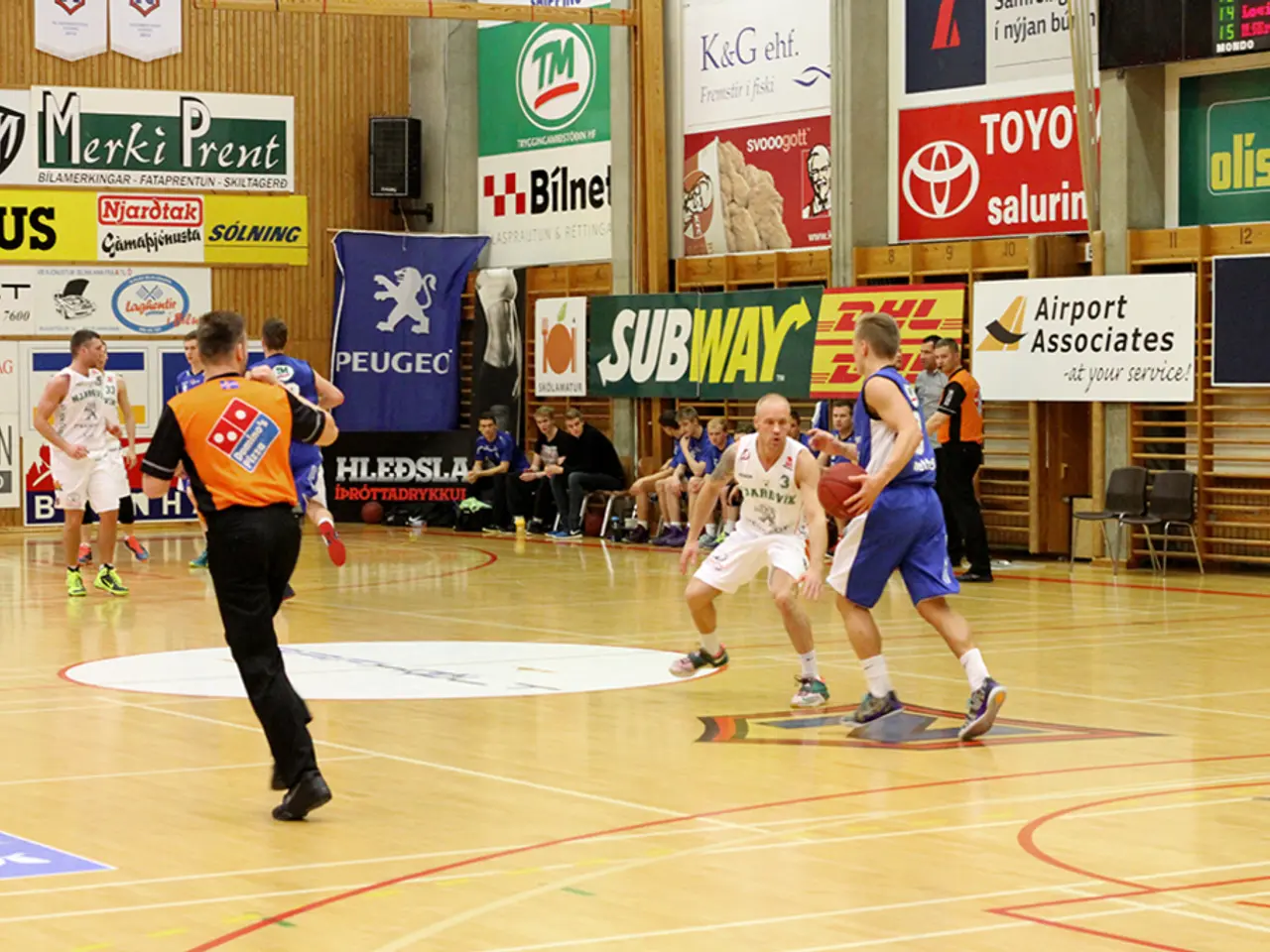Michael Stahl posits that modern automobiles share similarities, yet he believes there exists potential for distinctive designs in the auto industry.
In the August 2025 issue of Wheels magazine, an intriguing exploration of automotive design diversity unfolds, delving into the past and peering into the future.
The Land Rover Defender, with its aggressive and utilitarian language, stands as a testament to the unique appeal of yesteryear's automotive design. Contrast this with the Mercedes-Benz 680S, a colossal vehicle weighing 1.9 tonnes, boasting non-assisted steering, a non-synchro gearbox, and a supercharger that whined like an air raid siren. Yet, it was entrusted to an author for the Australian Bicentennial Rally in May 1988.
The diversity in French cars of the 1950s-60s was a product of the vibrant post-war cultural environment, freedom for designers to experiment, and the automotive industry's strategic use of design as a key marketing tool. This period was marked by a broad range of innovative shapes and design elements, reflecting both artistic creativity and the cultural dynamism of the time, especially in France.
Key factors contributing to this diversity include cultural and fashion influence, lack of standardization and regulation, the importance of styling in marketing, technological and engineering flexibility, and a smaller industry scale with diverse manufacturers.
In stark contrast, modern cars exhibit styling uniformity due to global safety and environmental regulations, platform sharing and economies of scale, aerodynamic efficiency and fuel economy targets, and corporate branding.
Robert Cumberford, an automotive design expert, suggests that designers are trying to ensure that the envelope can house EV, hybrid, and ICE power, leading to a generic look that can accommodate all technical solutions. This is evident in the Tesla's EV platform, which produces designs that are aggressively anonymous.
However, the current landscape may not be a harbinger of a uniform future. The author believes that we are in a golden era of automotive styling diversity, with examples like the Toyota LandCruiser and Prado exuding comfortable practicality, the Hyundai Santa Fe boasting a unique design reminiscent of an Atari game console, and the Range Rover seducing like vintage silverware.
Even within a single manufacturer's lineup, there's a noticeable difference. The IONIQ 5, a Hyundai model, was introduced with a design that is different from the Hyundai Santa Fe and the even weirder IONIQ 6.
The Renault 4CV, Dauphine, and Citroen Ami were all on the market at the same time in the 1950s-60s, and none looked like their direct competitors. This is a stark contrast to today's automotive landscape, where the search for a unique identity in a sea of sameness continues.
At a stop in the Victorian coastal town of Sale, the author overheard a grandfather lamenting that all modern cars look the same. As we move forward, it remains to be seen whether the ever-tightening emissions and safety legislation will force cars towards an optimum, universal, and boring design, or if we are indeed in a golden era of automotive styling diversity.
- The diversity in automotive design, as seen in magazines like Wheels, showcases how differing industries such as finance, technology, and transportation can influence the aesthetics of cars, with examples like the Tesla's EV platform and the Range Rover exemplifying this.
- Despite the current trend towards uniformity in modern cars due to global safety and environmental regulations, there still exists a thriving arena of styling diversity within manufacturers' lineups, such as the Hyundai IONIQ 5, Santa Fe, and IONIQ 6.
- As we ponder the future of automotive design, we find ourselves at a crossroads where tightening emissions and safety legislation may lead to a homogenous, safe, yet potentially less exciting landscape, or we may be experiencing a golden era of diverse and captivating car designs.




